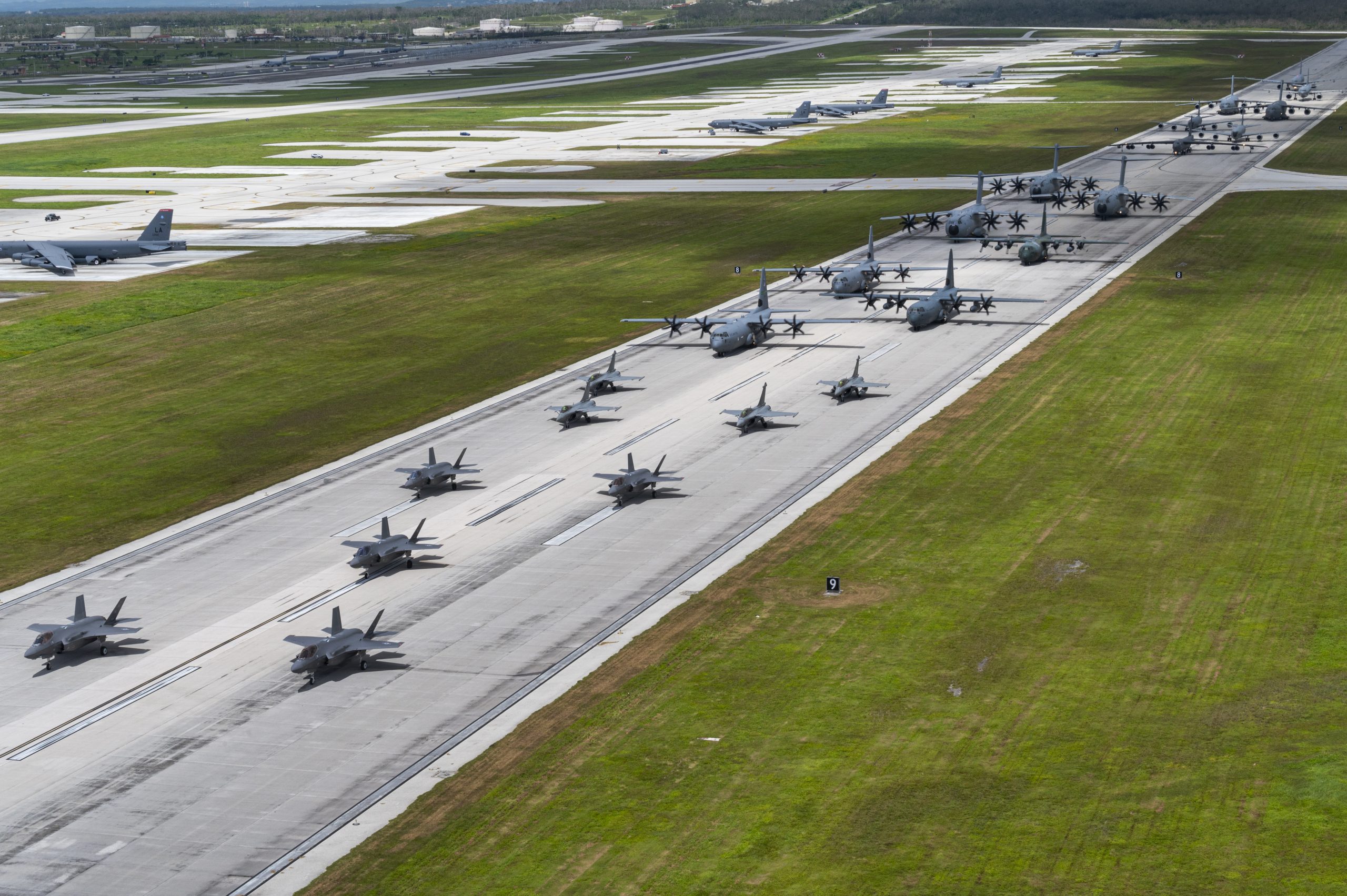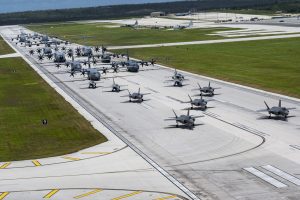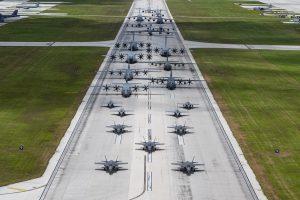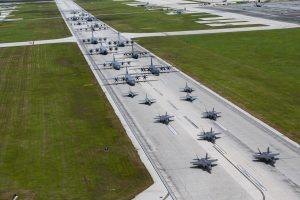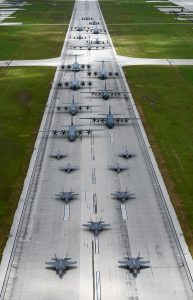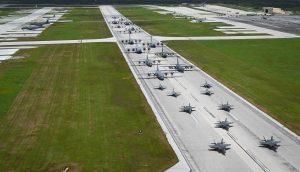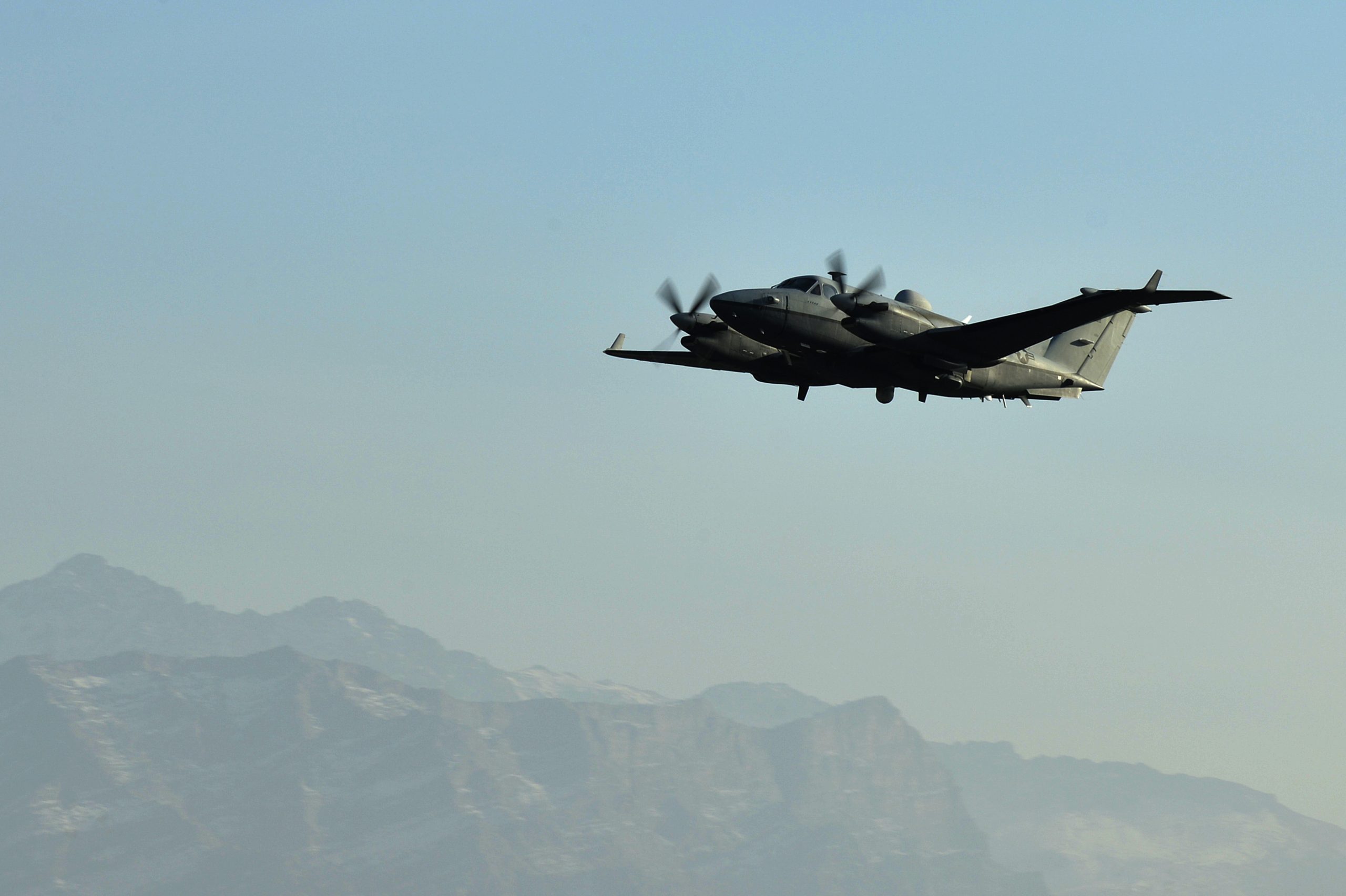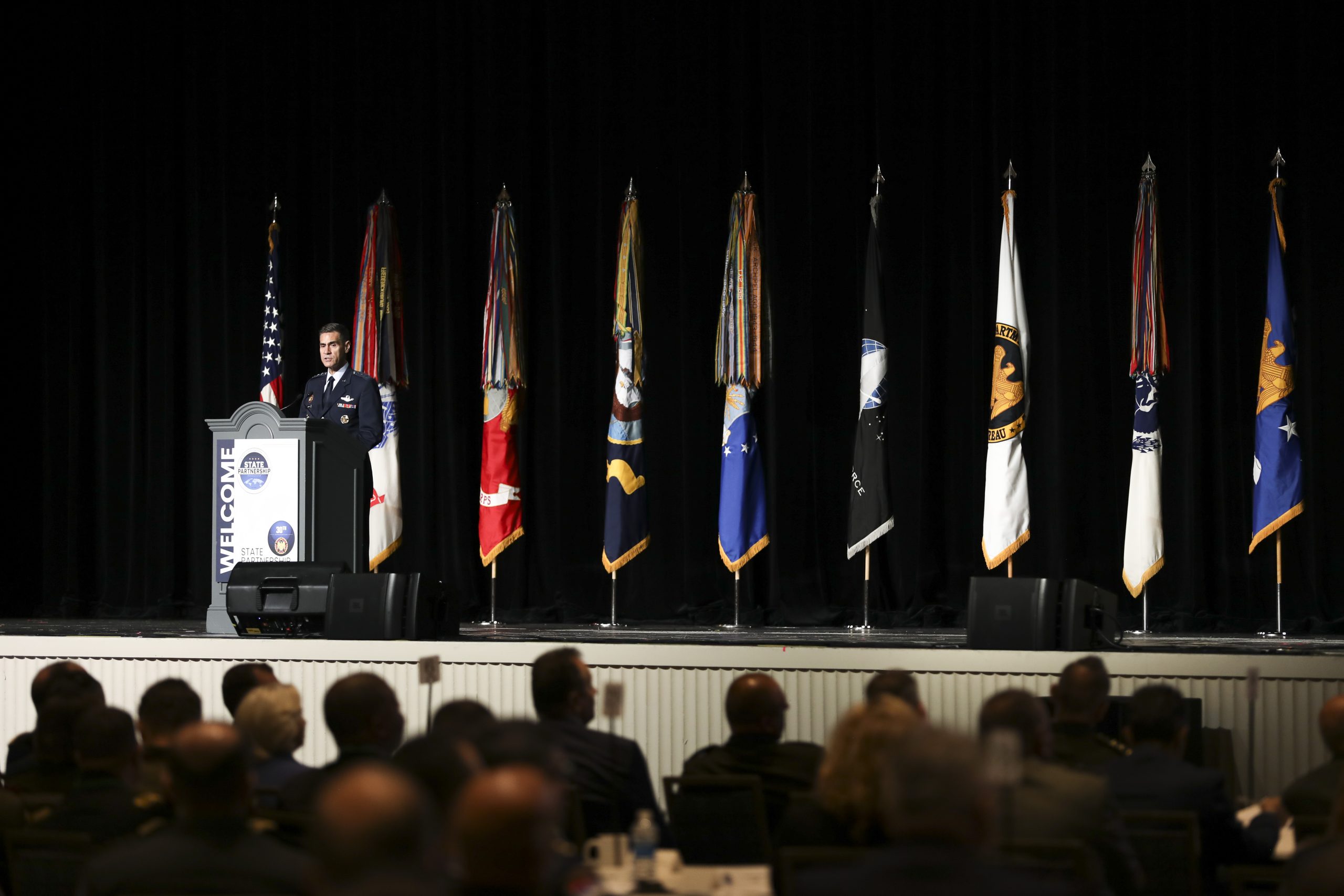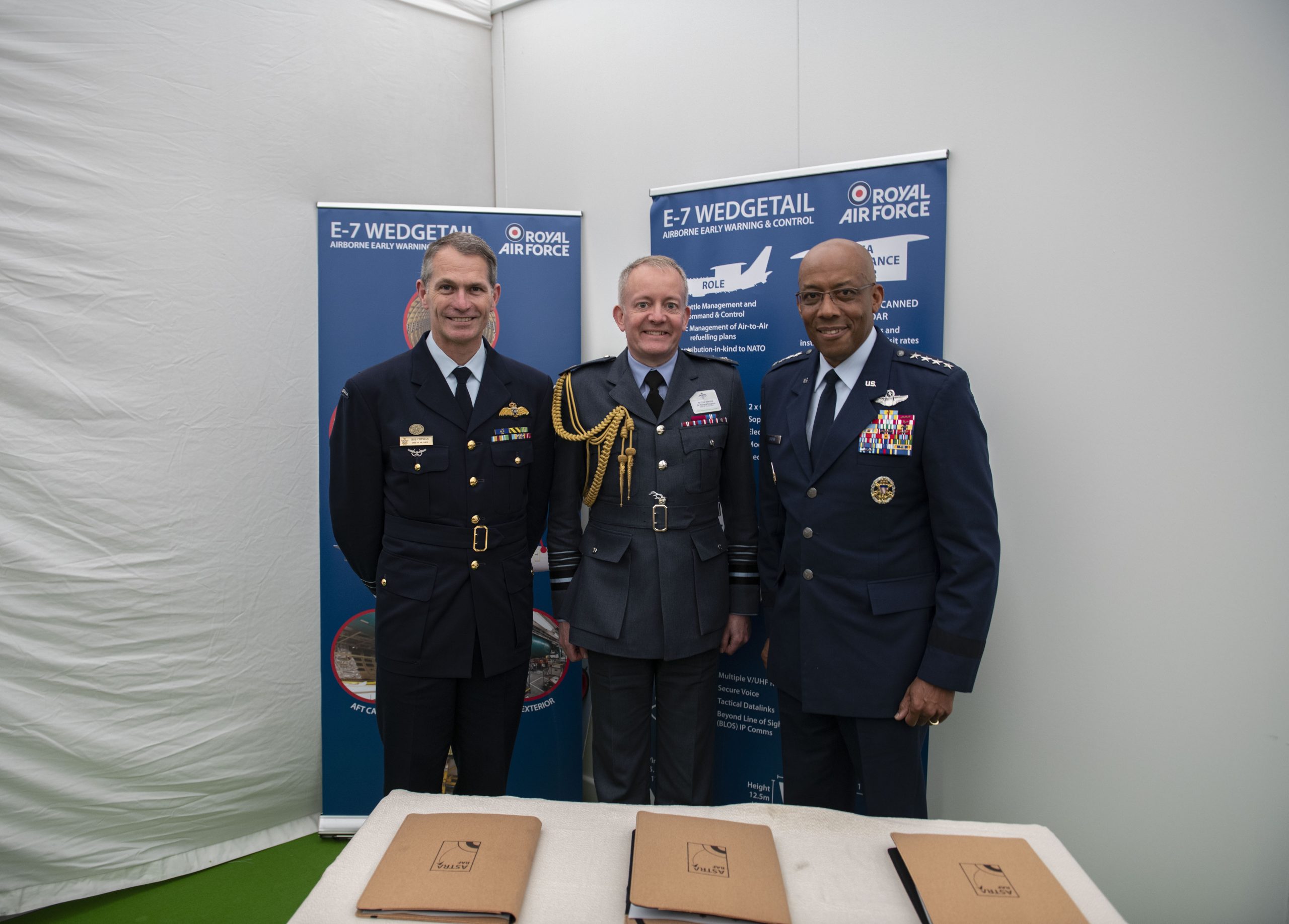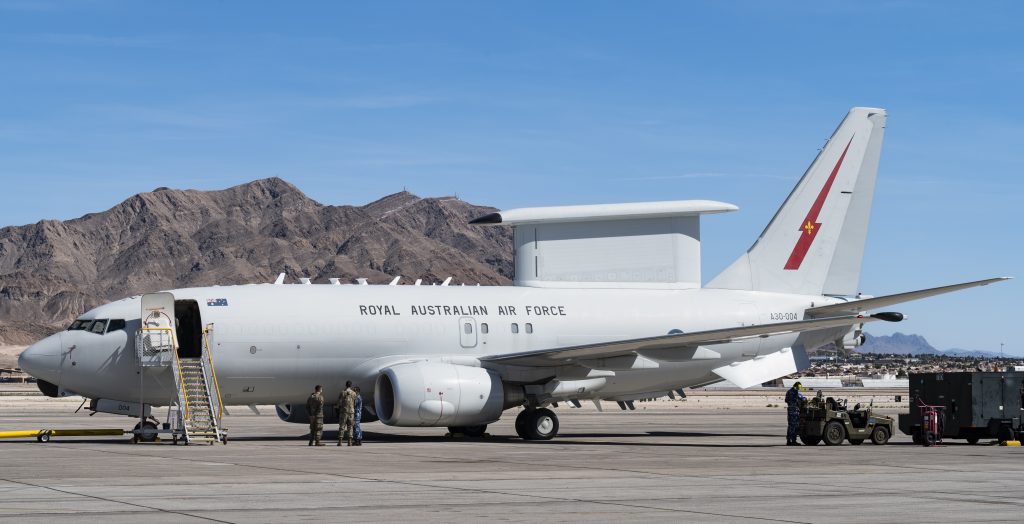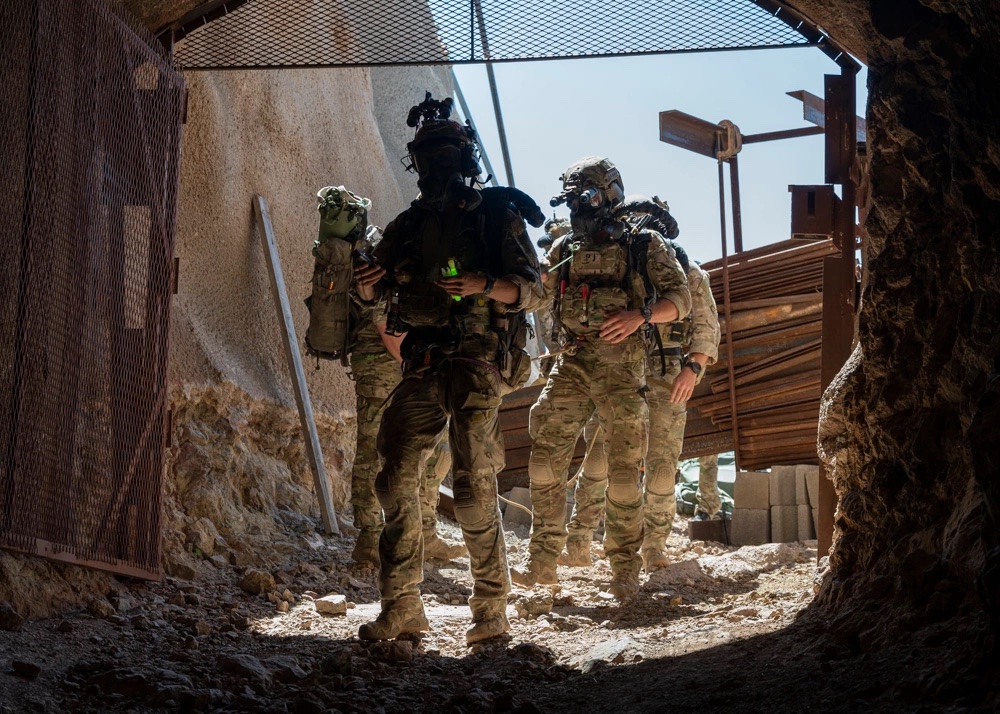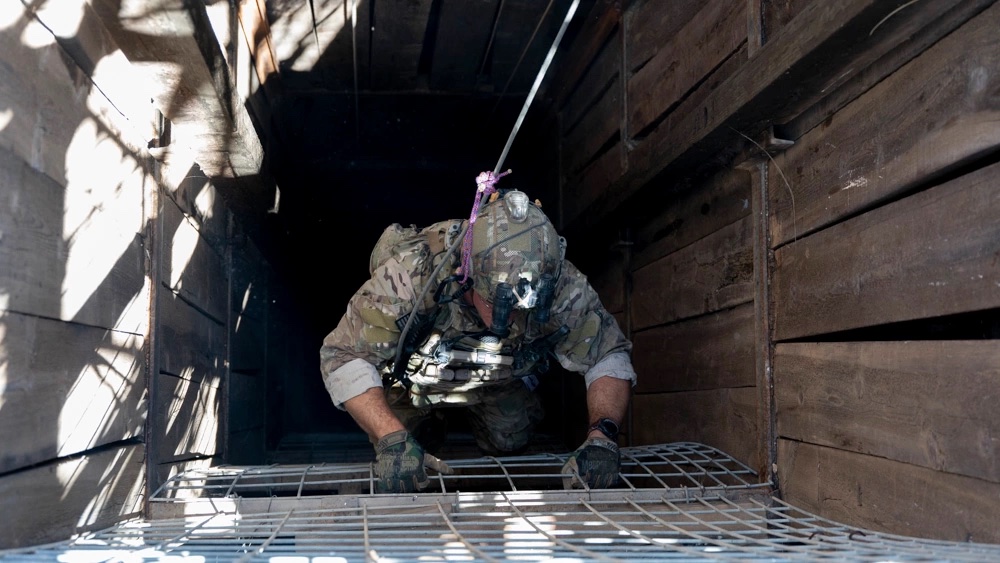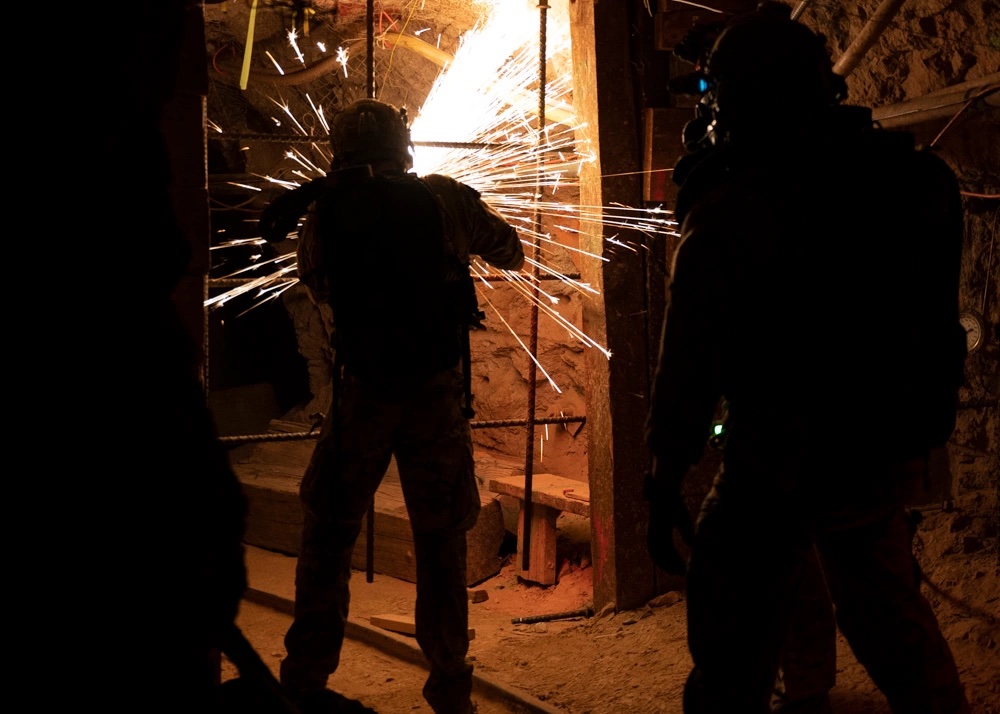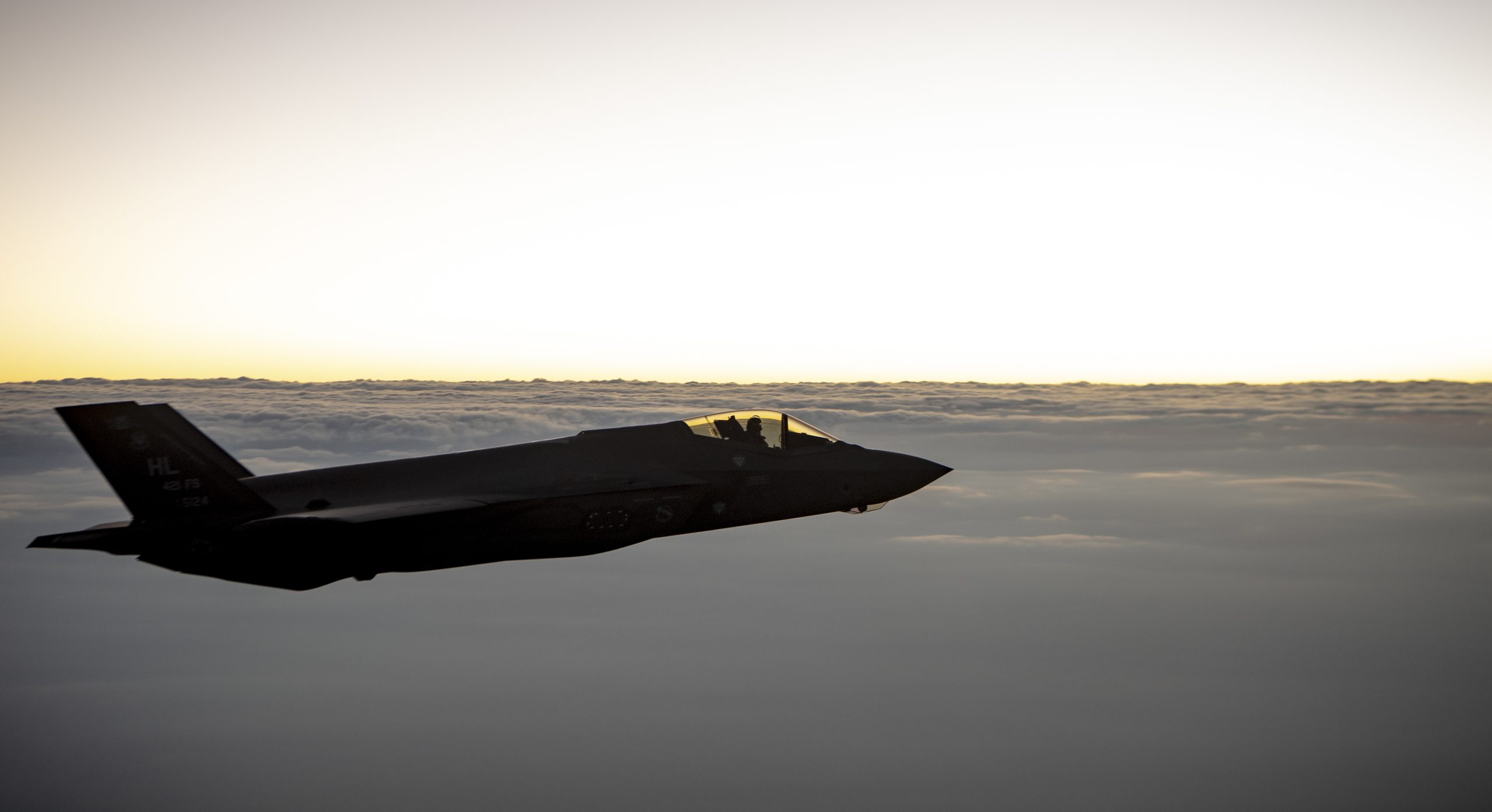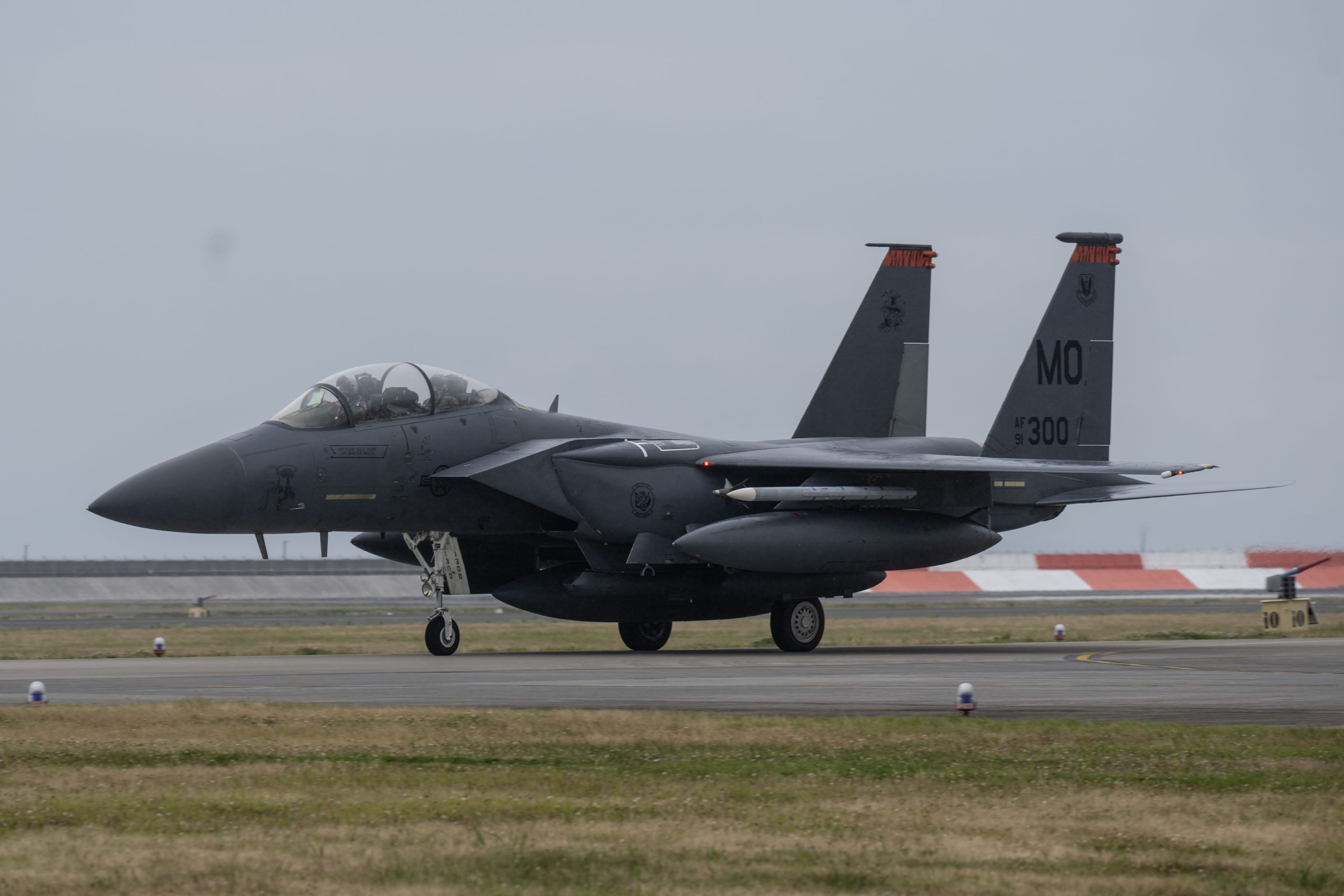After weeks of delay, Congress approved the Pentagon’s request to reprogram personnel funds, Air & Space Forces Magazine confirmed July 19. But it’s not yet clear if the Air Force will reverse its hold on reenlistment bonuses and permanent change-of-station orders imposed as a result of that freeze.
House Armed Services Committee spokeswoman Justine Sanders said in a statement the committee “has approved reprogramming requests related to military personnel and continues to review additional reprogramming requests from the Department of Defense.”
An Air Force spokesperson confirmed the service’s personnel-related request had been approved by Congress. But the Air Force is still working on what this means to specific policies and programs, the spokesperson said.
On July 10, the Air Force announced it was reviewing all pending PCS orders for Airmen with a projected departure date of Aug. 1 or later. Additionally, the service said it would delay moves for Airmen on long tours overseas, such as those accompanied by their families, whose “Date Estimated Return From Overseas” (DEROS) fell between Oct. 1 and Dec. 31.
On top of that, the service also said it was pausing its Selective Reenlistment Bonus, Aviation Bonus, and Assignment incentive pay programs. Any Airmen already approved for those bonuses would receive them, but nobody new would be able to take advantage.
Air Force officials said the moves were necessary in order “to avoid exhausting funds” in its military personnel account. Higher-than-expected PCS costs, a result of inflation, and higher retention and recruiting bonuses depleted those accounts faster than anticipated. The Air Force asked Congress to authorize shifting money from other accounts, as Chief of Staff Gen. Charles Q. Brown Jr. confirmed during an appearance before lawmakers July 11. But when the request wasn’t answered in time, officials had to take action to avoid running over budget.
The holdup was to result of a political fight over the permanent home of U.S. Space Command. Colorado Democrats accused HASC chairman Rep. Mike Rogers (R-Ala.) of holding up the reprogramming request to force a basing decision on the headquarters for U.S. Space Command, which is under review by Air Force Secretary Frank Kendall after years of controversy. In its final weeks in office, the Trump administration announced SPACECOM would move to Redstone Arsenal, Ala. Colorado lawmakers cried foul, and the issue has been in dispute ever since.
Rogers initially called the allegation a “partisan, parochial, and untrue misrepresentation of HASC processes.” But he later admitted to Military.com that he was holding up the request in protest of the SPACECOM decision.
It’s not clear what, if anything, changed his mind. But now that personnel-related reprogramming requests have been approved, others are still pending. Exactly how much has and has not been OK’d has implications for how the Air Force redistributes funds ove the remaining 10 weeks of the fiscal year. Punchbowl News published one reprogramming request from June that showed the Air Force also needs extra funds to cover pay and allowances for enlisted Airmen. No word yet on that request.

